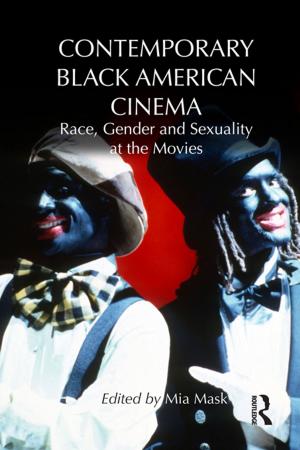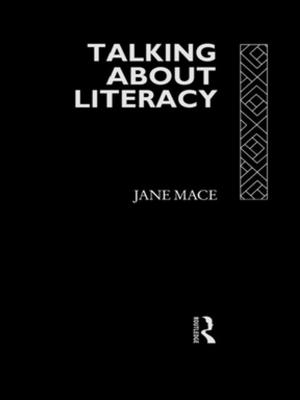Jurisprudence
Realism in Theory and Practice
Nonfiction, Reference & Language, Law, Social & Cultural Studies, Social Science, Sociology| Author: | Karl Llewellyn | ISBN: | 9781351510394 |
| Publisher: | Taylor and Francis | Publication: | September 4, 2017 |
| Imprint: | Routledge | Language: | English |
| Author: | Karl Llewellyn |
| ISBN: | 9781351510394 |
| Publisher: | Taylor and Francis |
| Publication: | September 4, 2017 |
| Imprint: | Routledge |
| Language: | English |
Jurisprudence: Realism in Theory and Practice compiles many of Llewellyn's most important writings. For his time, the thirties through the fifties, Llewellyn offered fresh approaches to the study of law and society. Although these writings might not seem innovative today, because they have become widely applied in the contemporary world, they remain a testament to his. The ideas he advanced many decades ago have now become commonplace among contemporary jurisprudence scholars as well as social scientists studying law and legal issues.Legal realism, the ground of Llewellyn's theory, attempts to contextualize the practice of law. Its proponents argue that a host of extra-legal factors--social, cultural, historical, and psychological, to name a few--are at least as important in determining legal outcomes as are the rules and principles by which the legal system operates. Oliver Wendell Holmes, Jr., book, The Common Law, is regarded as the founder of legal realism. Holmes stated that in order to truly understand the workings of law, one must go beyond technical (or logical) elements entailing rules and procedures. The life of the law is not only that which is embodied in statutes and court decisions guided by procedural law. Law is just as much about experience: about flesh-and-blood human beings doings things together and making decisions.Llewellyn's version of legal realism was heavily influenced by Pound and Holmes. The distinction between ""law in books"" and ""law in action"" is an acknowledgement of the gap that exists between law as embodied in criminal, civil, and administrative code books, and law. A fully formed legal realism insists on studying the behavior of legal practitioners, including their practices, habits, and techniques of action as well as decision-making about others. This classic studyis a foremosthistorical work on legal theory, and is essential for understanding the roots of this influential perspective.
Jurisprudence: Realism in Theory and Practice compiles many of Llewellyn's most important writings. For his time, the thirties through the fifties, Llewellyn offered fresh approaches to the study of law and society. Although these writings might not seem innovative today, because they have become widely applied in the contemporary world, they remain a testament to his. The ideas he advanced many decades ago have now become commonplace among contemporary jurisprudence scholars as well as social scientists studying law and legal issues.Legal realism, the ground of Llewellyn's theory, attempts to contextualize the practice of law. Its proponents argue that a host of extra-legal factors--social, cultural, historical, and psychological, to name a few--are at least as important in determining legal outcomes as are the rules and principles by which the legal system operates. Oliver Wendell Holmes, Jr., book, The Common Law, is regarded as the founder of legal realism. Holmes stated that in order to truly understand the workings of law, one must go beyond technical (or logical) elements entailing rules and procedures. The life of the law is not only that which is embodied in statutes and court decisions guided by procedural law. Law is just as much about experience: about flesh-and-blood human beings doings things together and making decisions.Llewellyn's version of legal realism was heavily influenced by Pound and Holmes. The distinction between ""law in books"" and ""law in action"" is an acknowledgement of the gap that exists between law as embodied in criminal, civil, and administrative code books, and law. A fully formed legal realism insists on studying the behavior of legal practitioners, including their practices, habits, and techniques of action as well as decision-making about others. This classic studyis a foremosthistorical work on legal theory, and is essential for understanding the roots of this influential perspective.















